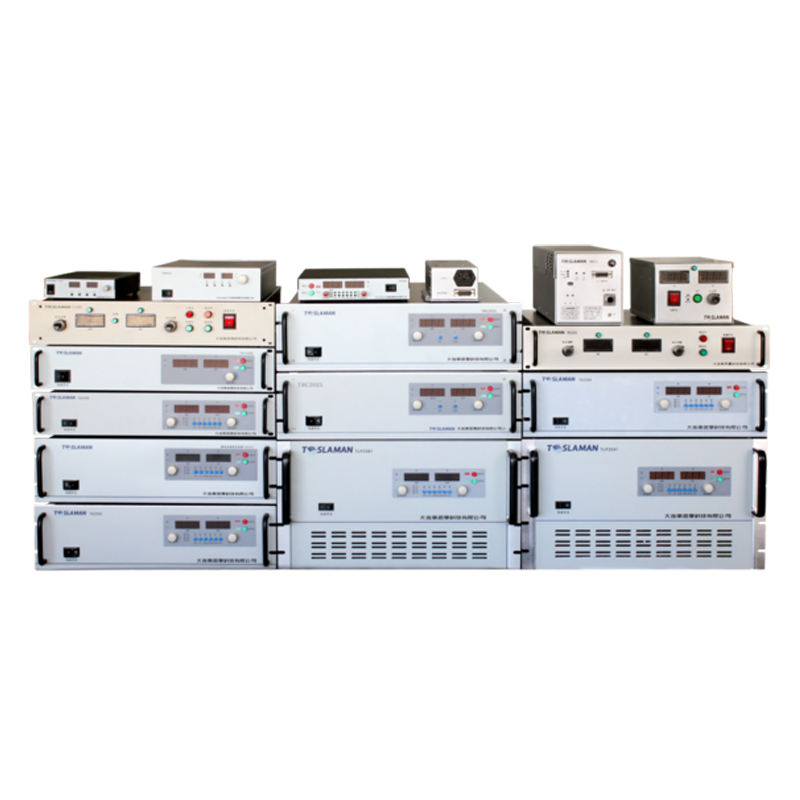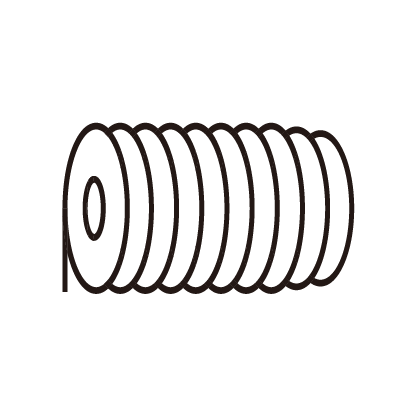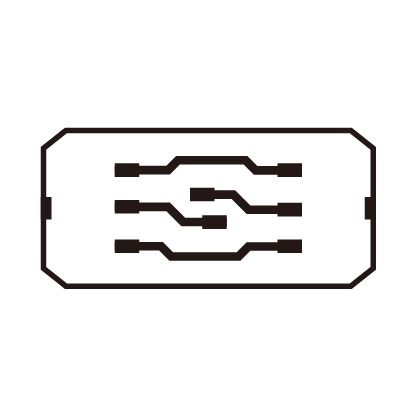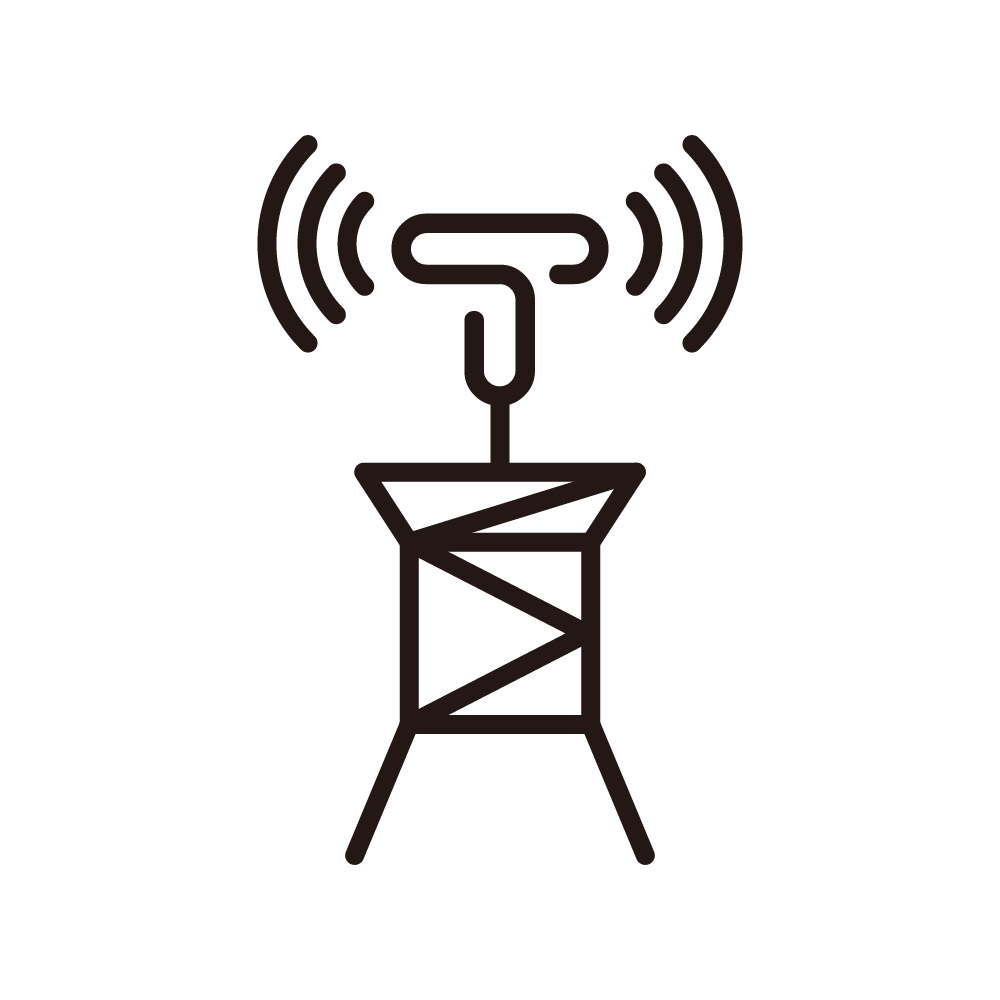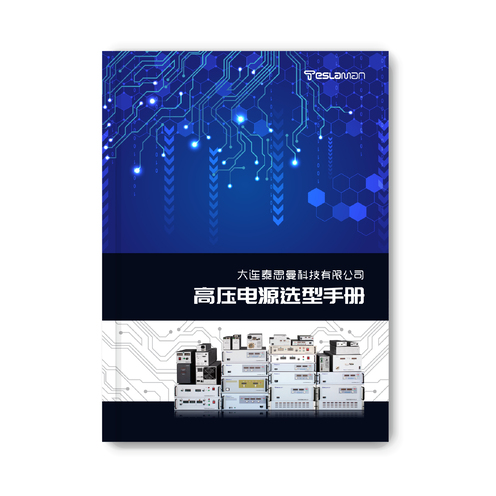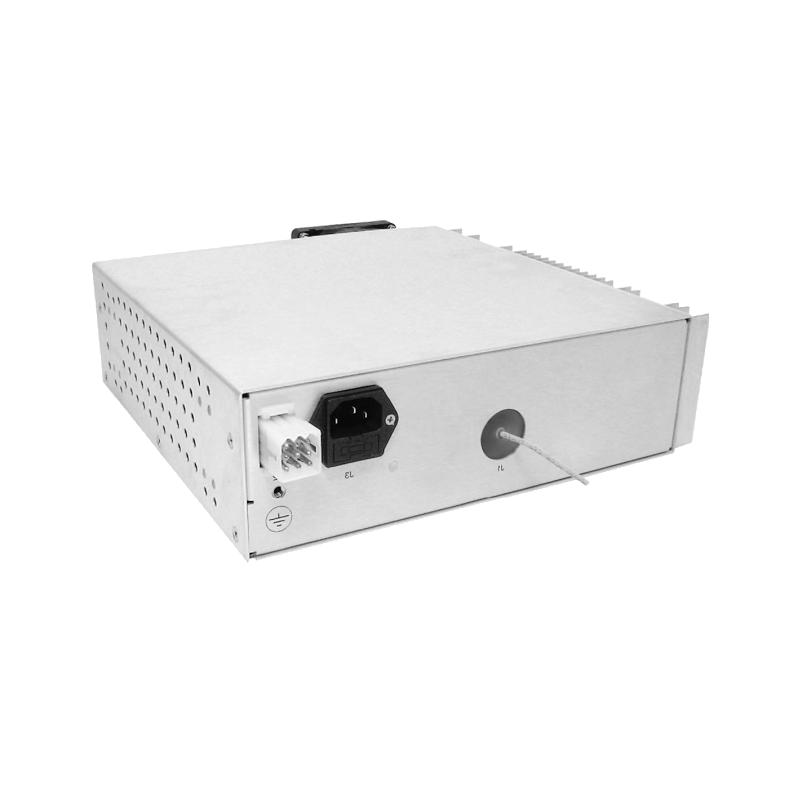Research on Radiation Dose Control and Application of High Voltage Power Supply in Irradiation Sterilization
1. Core Principles of Irradiation Sterilization and Dose Standards
Irradiation sterilization utilizes high-energy radiation (γ-rays, X-rays, or electron beams) to destroy microbial DNA structures through physical processes. As the core component of electron beam generators, the stability parameters of high-voltage power supplies directly determine radiation dose accuracy. According to International Commission on Radiation Units and Measurements (ICRU) definitions, sterilization doses should range between 10-30 kGy, with specific values determined by the D10 value (dose required to destroy 90% microbial population) of target microorganisms. For instance, Bacillus subtilis (D10≈1.5 kGy) requires a minimum dose of 15 kGy, while radiation-resistant Deinococcus radiodurans (D10≈3 kGy) necessitates doses up to 30 kGy.
2. Influence Mechanism of HVPS Parameters on Dose Distribution
1. Voltage-Dose Rate Correlation
At 200-300 kV acceleration voltages, electron penetration depth and energy conversion efficiency demonstrate nonlinear growth. Each 10% voltage increase elevates dose deposition rates in tissue-equivalent materials by 8%-12%, requiring simultaneous optimization of beam focusing systems to prevent edge dose attenuation.
2. Current Stability and Dose Uniformity
When beam current fluctuations are controlled within ±0.5%, product surface dose non-uniformity can be maintained below 1.05. Dual closed-loop feedback systems enable real-time compensation for grid fluctuation-induced deviations, ensuring dose repeatability during continuous production.
3. Pulse Frequency-Thermal Effect Balance
High-frequency pulse modes (5-10 kHz) reduce single-pulse energy to 50-100 mJ, limiting material temperature rise to below 3℃. This proves crucial for sterilizing heat-sensitive medical devices like polymer catheters.
3. Engineering Practices for Dose Distribution Optimization
Advanced 3D scanning systems dynamically adjust electromagnetic deflection parameters to reduce electron beam dose non-uniformity from 1.8 in traditional static modes to below 1.2. Monte Carlo simulations show adaptive beam shaping technology can narrow dose variations in complex geometric packaging to ±7%. A medical packaging manufacturer achieved 99.4% sterilization qualification rate using this solution, up from 92.6%.
4. Quality Control System Components
1. Establish online monitoring networks combining film dosimeters and fiber optic sensors for batch-wise dose mapping
2. Perform regular attenuator calibrations to maintain measurement system errors below ±2.5%
3. Develop dynamic prediction models correlating dose-microbial survival rates to optimize sterilization parameters for product categories
5. Future Technological Evolution
With third-generation wide-bandgap semiconductor devices, high-voltage power supply power density is expected to increase 300% while reducing volume by 40%. Artificial intelligence algorithms will enable sub-second dose control responses, and digital twin technology will create virtual sterilization test fields to significantly reduce physical verification costs. Novel radiation-sensitive dyes may enhance dose detection sensitivity by two orders of magnitude.
